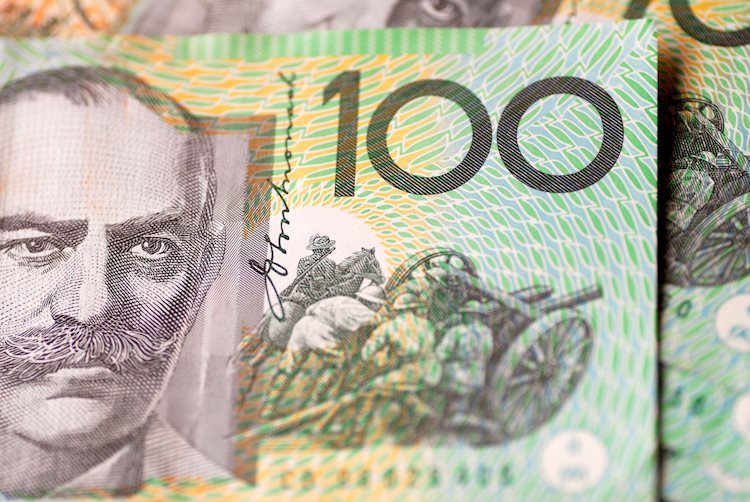The Australian Dollar (AUD) has been facing downward pressure against the US Dollar (USD) recently, mainly due to stable Greenback and improved US Treasury yields. However, there is hope for the AUD to regain ground as China, its largest trading partner, has announced new stimulus measures that have lifted global market sentiment. Australian Treasurer Jim Chalmers has welcomed these measures as a positive development during his visit to China, where he emphasized the impact of China’s economic slowdown on global growth.
In contrast, the US Dollar may face pressure following dovish comments from Federal Reserve officials, including support for a recent interest rate cut. Traders are now closely monitoring US economic data, such as the Personal Consumption Expenditures (PCE) Price Index for August, to gauge the potential impact on the USD.
On the economic front, the US Gross Domestic Product Annualized increased by 3.0% in the second quarter, while the GDP Price Index rose by 2.5%. Additionally, China has announced plans to inject over CNY 1 trillion into its largest state banks to address financial challenges. Despite these positive developments, the Reserve Bank of Australia has highlighted concerns about stress in China’s financial sector and the potential impact on the Australian financial system.
Technical analysis of the AUD/USD pair shows that the Australian Dollar is hovering around the lower boundary of an ascending channel near 0.6880. The 14-day Relative Strength Index (RSI) indicates bullish sentiment, but further movement is needed to determine market bias. Market expectations suggest a potential revision of consumption forecasts by the RBA in November, leading to possible rate cuts before the end of the year.
In conclusion, the Australian Dollar may see a resurgence in the coming days, supported by improved market sentiment following China’s stimulus measures. While challenges remain, such as financial stress in China and potential revisions in economic forecasts, the AUD is poised to strengthen against the US Dollar. Traders will continue to monitor economic data and central bank decisions to assess the impact on the currency markets.











